MODERN ARCHITECTURE
1/64
There's no tags or description
Looks like no tags are added yet.
Name | Mastery | Learn | Test | Matching | Spaced |
|---|
No study sessions yet.
65 Terms
Industrial Age
The biggest impact of the Industrial Revolution on 19th century architecture was the mass-production of iron and later steel in quantities where it became an economically plausible building material:
Modernism
A deliberate philosophical and practical estrangement from the past in the arts and literature occurring in the course of the 20th century and taking form in any various innovative movements.
Concrete, Glass and Steel
Three main materials used is Modern Architecture
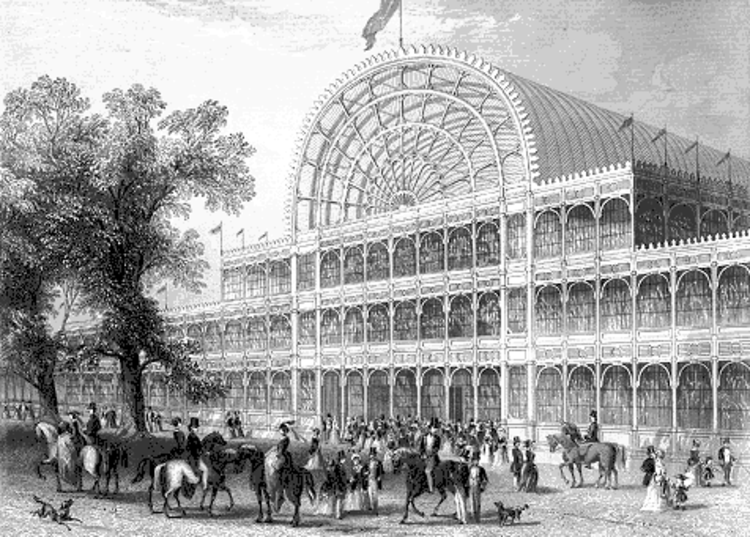
Crystal Palace
London, England
By Joseph Paxton
was intended to host The Great London Exhibition in 1881, the first international exhibition showing off manufactured products.
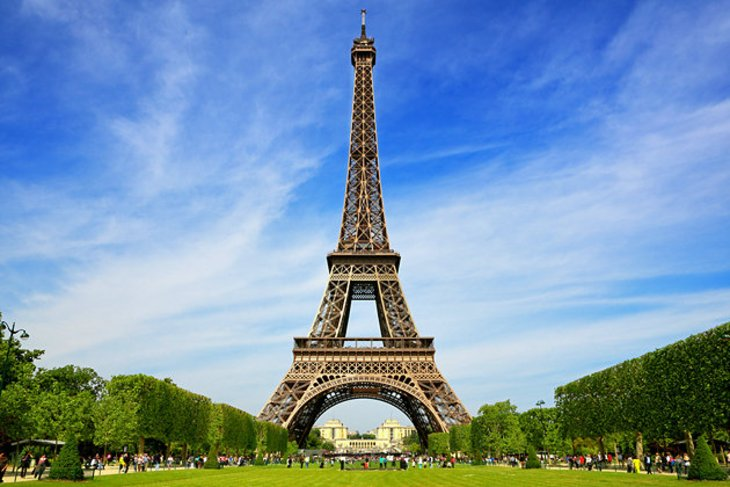
Eiffel Tower
It was designed by two engineers named Emile Nouguier and Maurice Koechlin, who worked for an entrepreneur named Gustave Eiffel. Is a wrought-iron lattice tower, or a freestanding structure constructed out of strips of crisscrossing metal/steel members. Locally known as "La dame de fer (Iron Lady) It was constructed as the centerpiece and gateway to the 1889 World's Fair, and to Celebrate the centennial anniversary of the French Revolution.
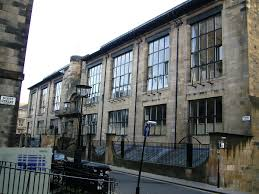
The Glasgow School of Art
Designed by Charles Rennie Macintosh in 1909.

Brooklyn Bridge
Is a hybrid cable-stayed/suspension bridge in New York City, spanning the East River between the boroughs of Manhattan and Brooklyn. It was also the longest suspension bridge in the world at the time of its opening.
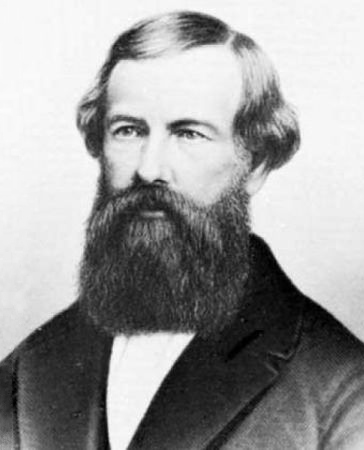
Elisha Otis
An American Industrialist who made skyscrapers possible by inventing the First Safety Elevator in 1852. Without this quick and efficient vertical transportation, tall buildings would not be feasible.

Home Insurance Building
Chicago, IL, United States.
Designed by William Le Baron Jenney. Two additional floors were added in 1891, raising its height to 180 feet.
It was the inaugural skyscraper with a fireproof structural steel frame, supported both internally and externally, and is recognized as the world is first skyscraper.

Chicago Stock Exchange Building
Chicago, IL, United States.
It was designed by Sullivan and his partner Dankmar Adler, was praised 35 3 stunning pieces of architecture.
Built in 1893, it had thirteen floors and featured Sullivan's unique decorations, mixing geometric shapes with designs inspired by nature.
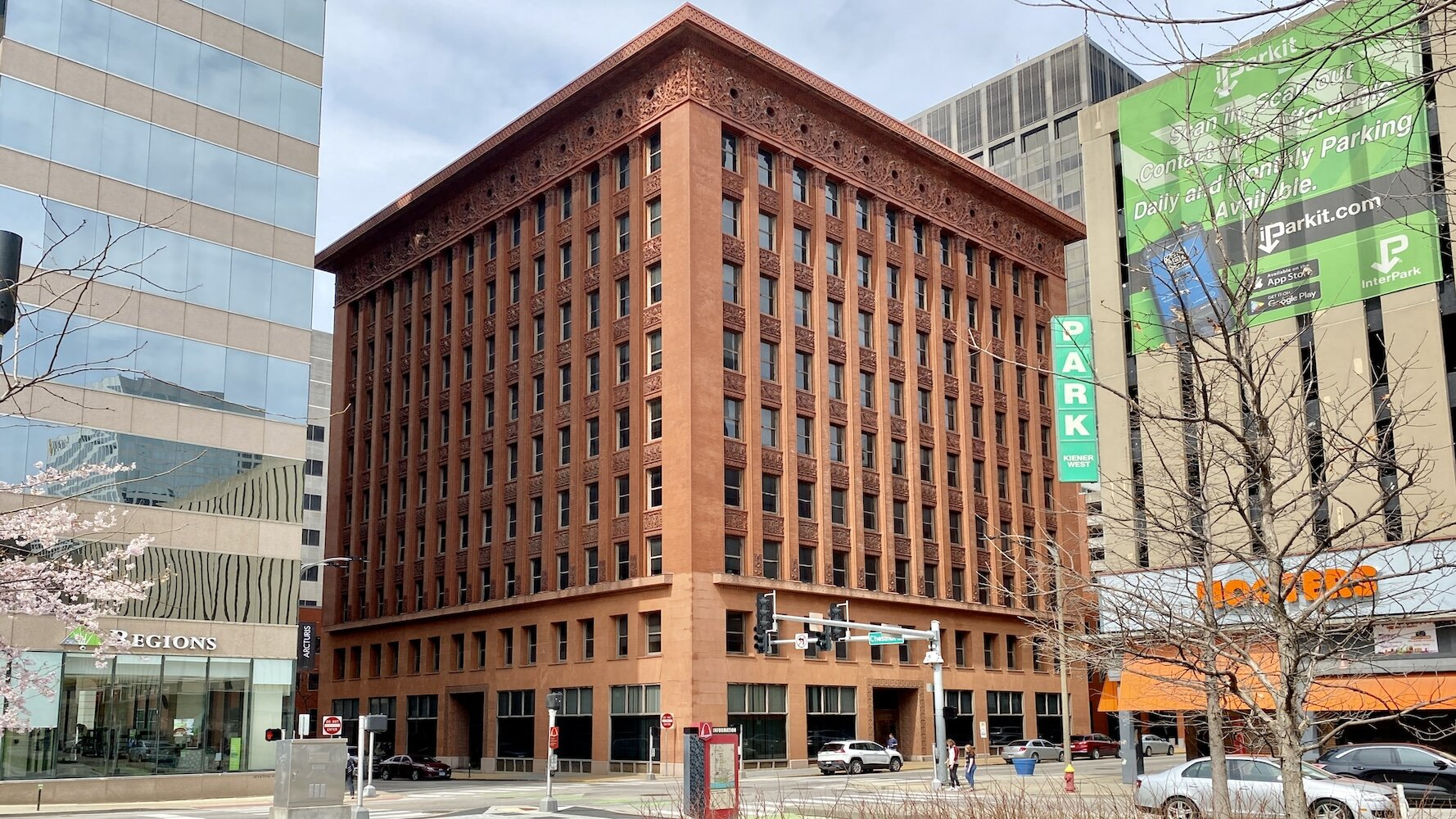
Wainwright Building (St. Louis, MO, USA)
Designed by Adler & Sullivan (architectural firm founded by Dankmar Adler and Louis Sullivan in Chicago).
A ten-story skyscraper stands out for its pioneering use of steel in construction.
Sullivan's design, featuring intricate terra cotta decorations, emphasizes verticality and symmetry, showcasing the hallmark of the Chicago School of Architecture.
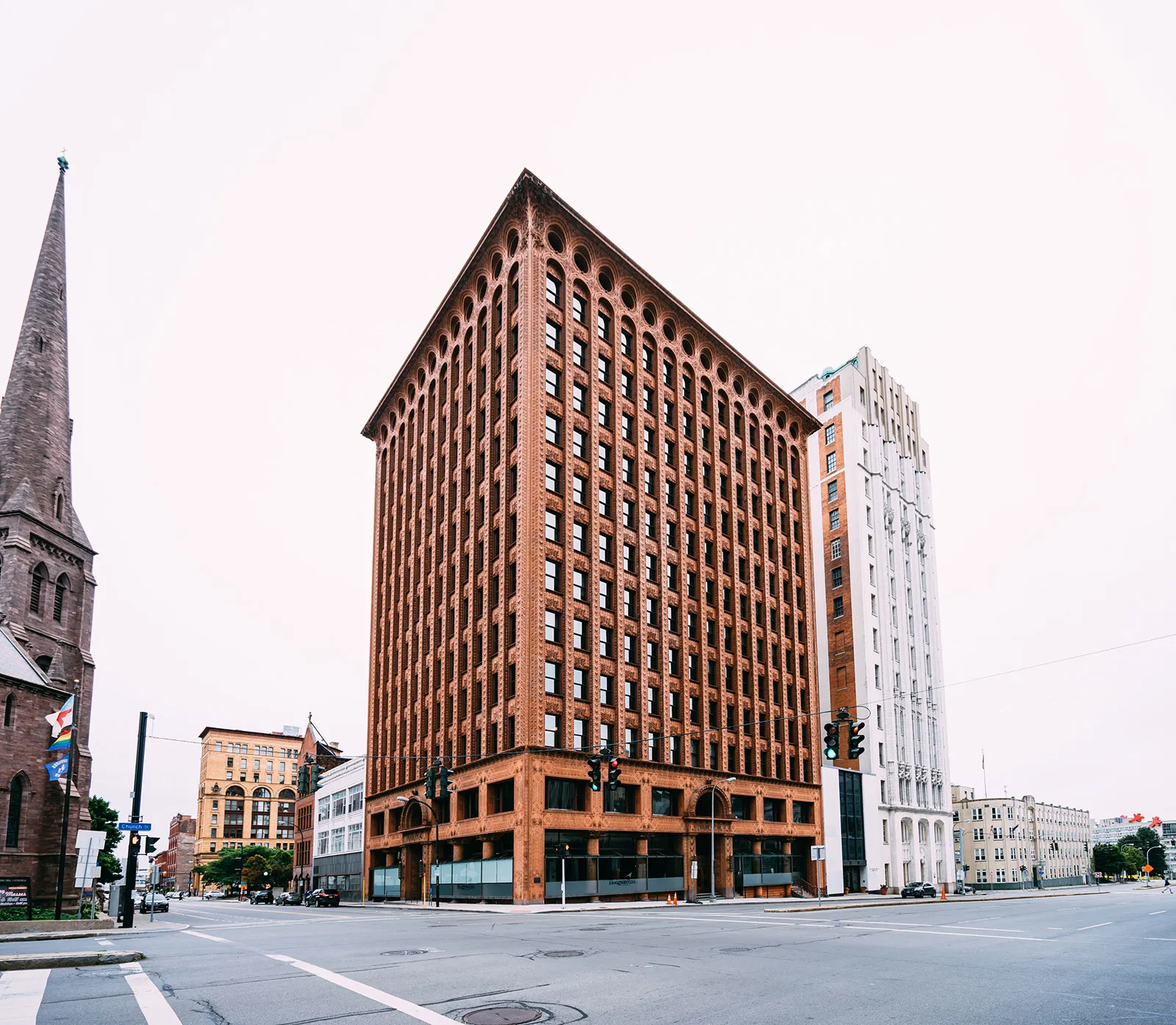
Prudential (Guaranty) Building, New York
Designed by Louis Sullivan and Dankmar Adler.
Rising thirteen stories, its ornate terracotta exterior features intricate floral and geometric designs. Made possible by a steel frame, the building's large windows bring in natural light, emphasizing its verticality and innovative design for its time.
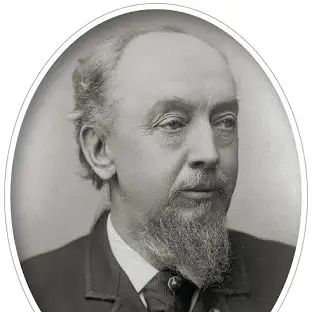
William Le Baron Jenney
Was an American architect and engineer known for building the first skyscraper in 1884.
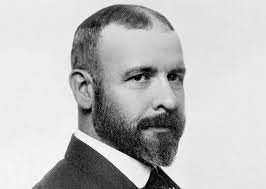
Louis Sullivan
An American architect, regarded as the spiritual father of modern American architecture and identified with the aesthetics of early skyscraper design.
Father of Skyscrapers.
“Form (ever) follows function”.
“Every building is like a person. Single and unrepeatable”.
Uses identical and stacked floors to express strong visual identity.
Uses organic or nature-inspired ornaments.

Flatiron Building (New York, United States)
Stands out with its triangular shape. Designed by Daniel Burnham, it's 22 stories tall and made of steel. Its unique design and ornate detailing make it a famous landmark in the history of skyscrapers.
Chicago School of Architecture
Danmark Adler
Louis Sullivan
William Le Baron Jenney
Daniel Burnham
Arts and Crafts Movement
It is a reaction against Mass Production.
It became prominent at the end of the nineteenth century, and which continued into the beginning of the twentieth century.
Highly emphasized primitive, vernacular forms over the revivalism popular at the time.

Red House
By Architect William Morris and Philip Webb.
was built of deep red brick laid in the English bond.
The roof was steep with tall chimney stacks.
Dark red tiles covered the floor.
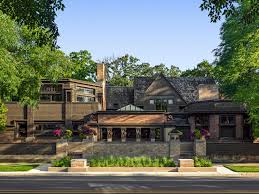
Frank Lloyd Wright Home and Studio
By Architect Frank Lloyd Wright.
Structural “authenticity”: exposed beams, strong posts, rafters that extend past the roof line.
Simplicity: open floor plans with built-ins, smooth surfaces, lack of intricate carving.
Native materials: wood (especially oak), locally sourced stone, stucco, brick
Art Nouveau
It means New Art and bases on the return to craftsmanship and the integration of art, design, and architecture.
Characterized by fluid, undulating motifs, often derived from natural forms.
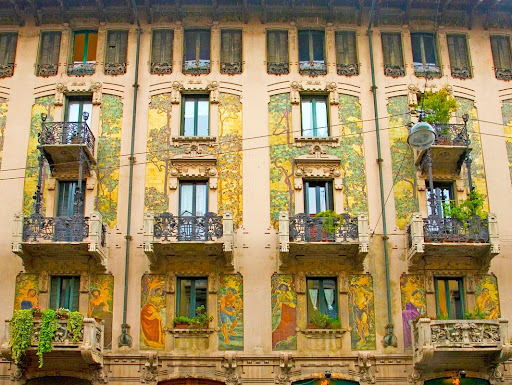
Stile Liberty
The Italian version of Art Nouveau.
Flourished between about 1890 and 1914. It was also sometimes known as stile floreale.
Closely akin to the Baroque Style.
Ex. Casa Galimberti by Giovanni Battista Bossi
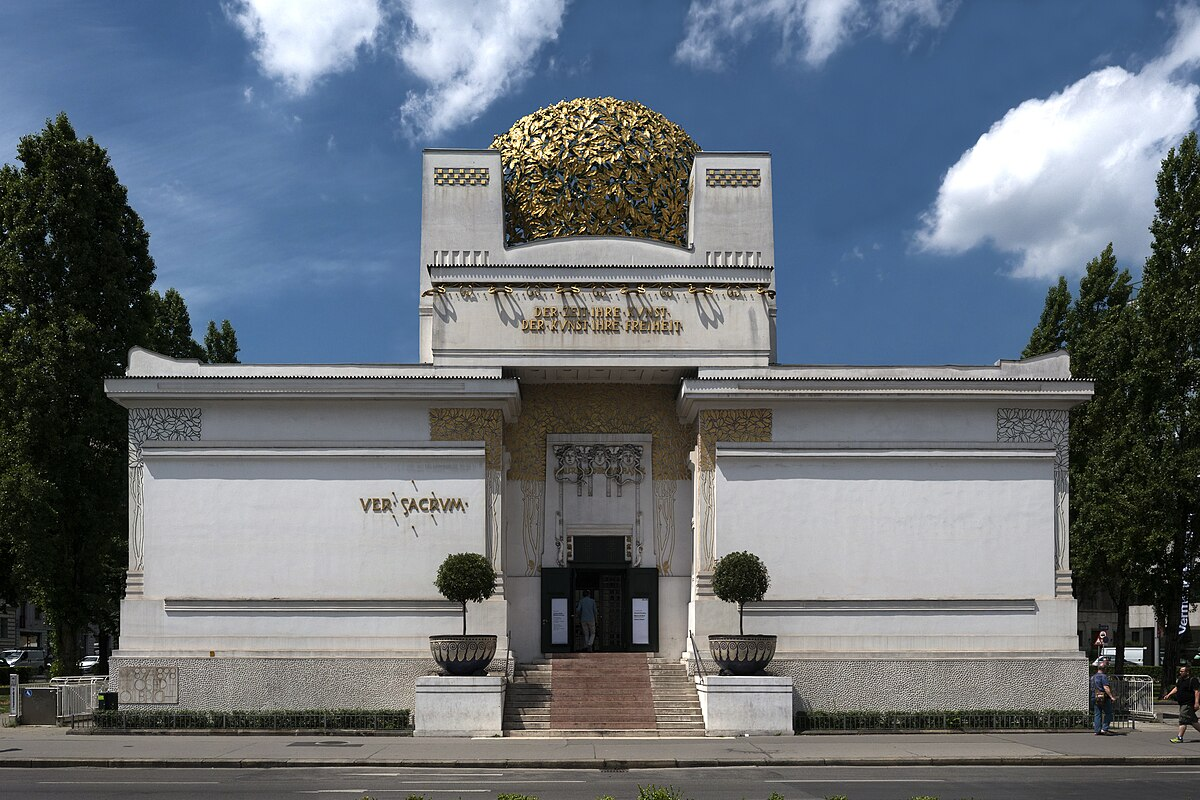
Sezession
The Austrian version of Art Nouveau
Notable Architects are Otto Wagner and Joseph Maria Olbrich
Ex. Sezession Building, Joseph Maria Olbrich , 1898.
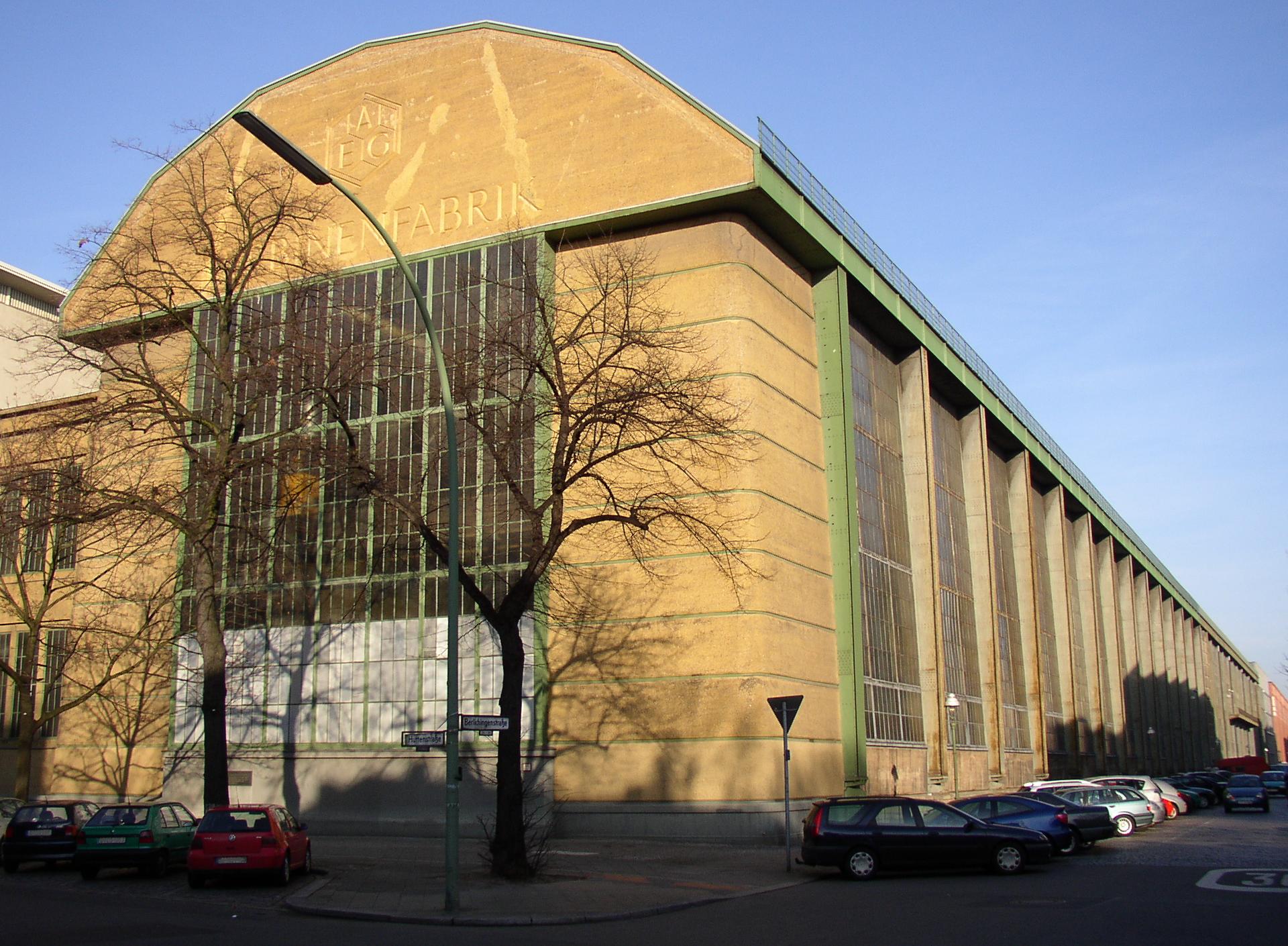
Jugendstil
The German (including German speaking countries) version of Ar Nouveau.
Notable Architects are Peter Behrens and Peter van de Velde.
Ex. AEG turbine factory in Berlin by Peter Behrens
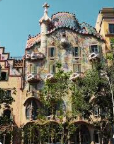
Modernismo
The Spanish version of Art Nouveau and also called Modernism, Catalan Modernism and Catalan Art Nouveau.
Notable Architect is Antoni Gaudi.
Ex. Casa Batlló by Antoni Gaudi

Casa Batlló
Barcelona, Spain
The local name for the building is Casa dels Osos (House of Bones).
It has a visceral, skeletal organic quality.

Casa Mila
Barcelona, Spain
Also known as La Pedrera which means “The Quarry" in Catalan.
It was the last private residence designed by architect Antoni Gaudi and was built between 1906 and 1912.
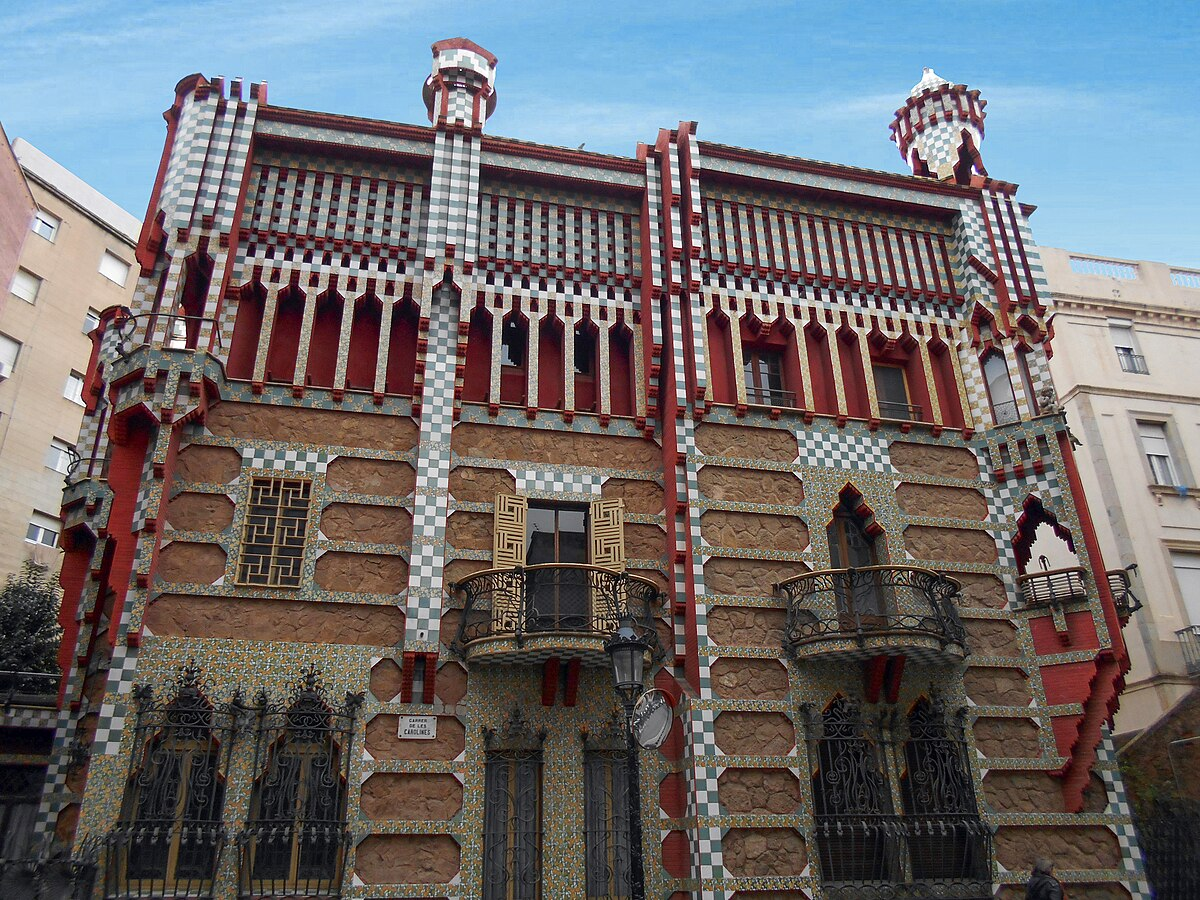
Casa Vicens
First architectural work of Antoni Gaudi.

Park Guell
It was originally composed of 60 houses, only 3 remain.
A sprawling wonderland of colorful mosaics and nature-inspired architecture.

Sagrada Familia
It is the largest unfinished Catholic church in the world.
On 7 November 2010, Pope Benedict XVI consecrated the church and proclaimed it a minor basilica. Gaudi died on the 10th of June 1926 after being knocked down by a tram while making his way to the Sagrada Familia.
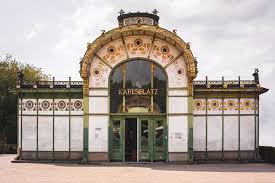
Otto Wagner
Was a leading member of the Vienna Secession movement of architecture, founded in 1897, and the broader Art Nouveau movement. Ex Karlsplatz Station
Art Deco
a style of visual arts, architecture, and product design that first appeared in France in and became popular in the 1920s.
It is typically defined by the use of geometric shapes and volumes.
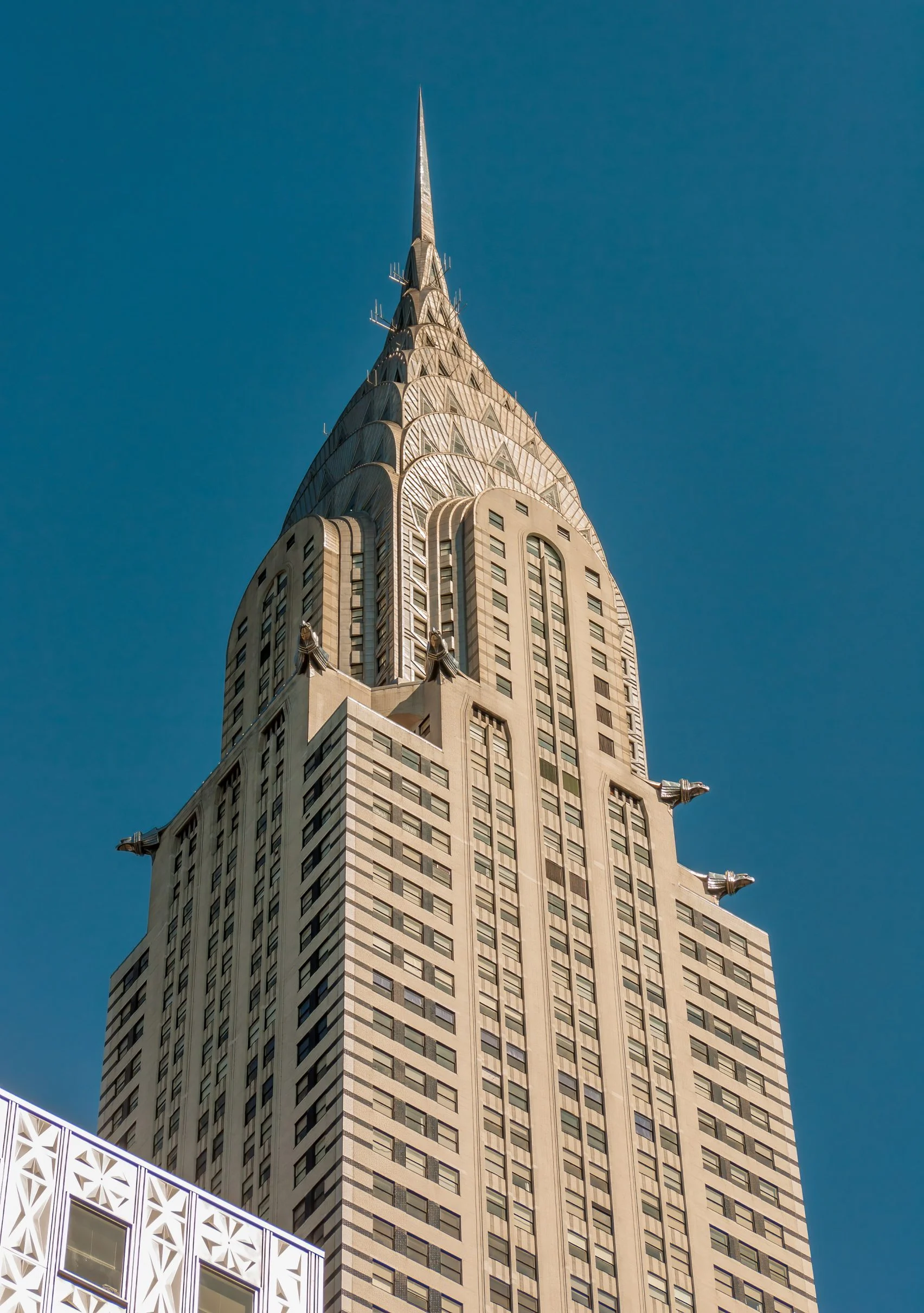
Chrysler Building (New York City)
Designed by William Van Alen.
Renowned for its Art Deco architecture. Standing tall with 77 floors.
It once held the title of the world's tallest building. Its peak reaches approximately 319 meters, making it a prominent feature in the city skyline. The distinctive crown-like structure and decorative eagles add to its allure, solidifying its status as |an iconic symbol of New York City's architectural heritage.
Modernism
Other architectural styles that emerged
Bauhaus
It was a German art school operational from 1919 to 1933 that combined crafts and the fine arts.
Founded by Walter Gropius in Weimar and later became one of the most influential currents in modern design, modernist architecture and art, |design, and architectural education.
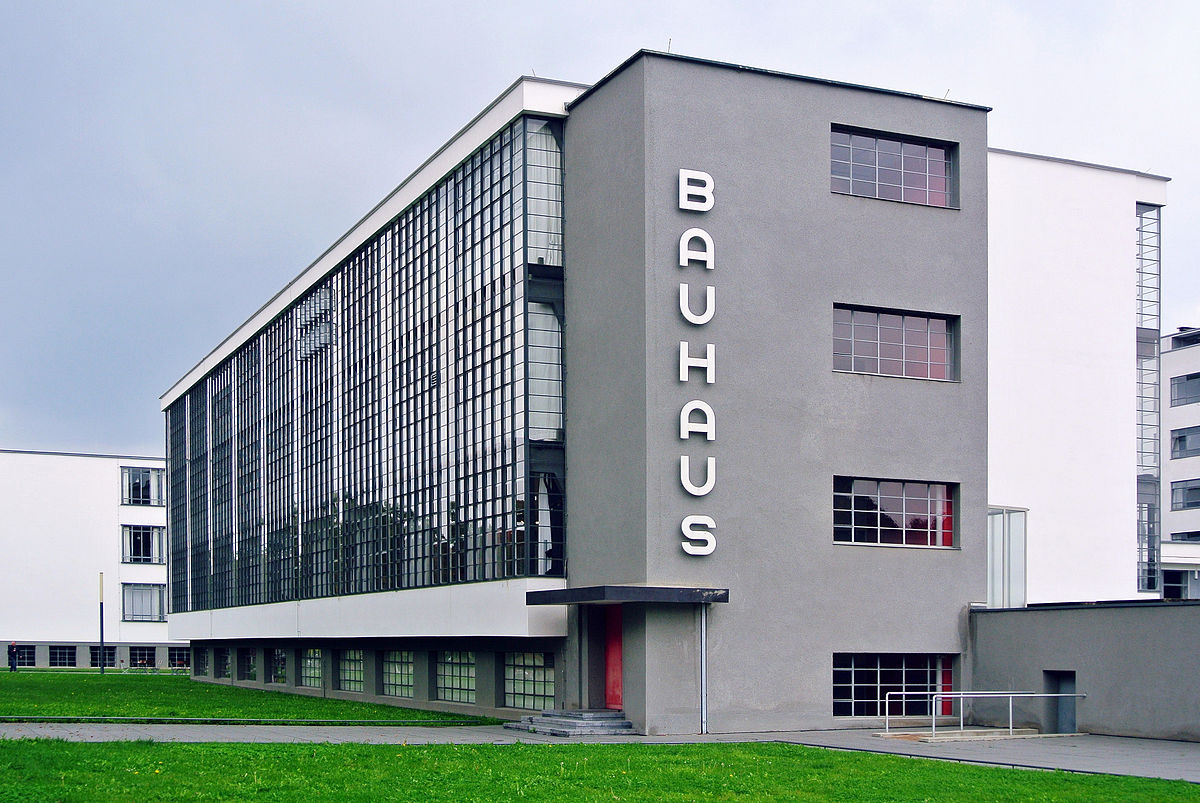
Bauhaus Building
The Staatliche’s Bauhaus, commonly known as the Bauhaus, was a German art school operational from 1919 to 1933 that combined crafts and the fine arts.
The school became famous for its approach to design, which attempted to unify individual artistic vision with the principles of mass production and emphasis on function..
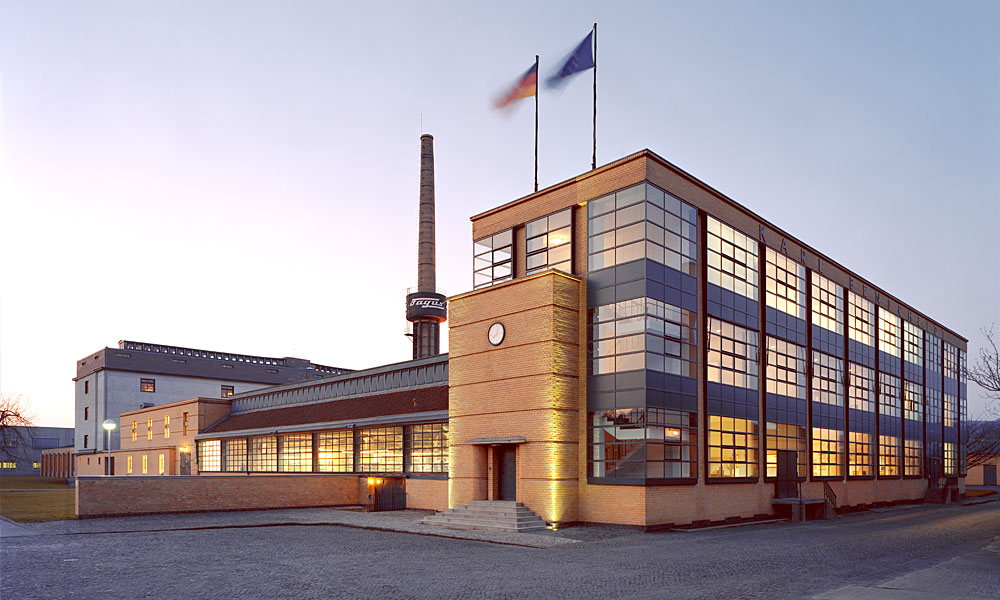
Fagus Factory
One of the famous structures under Bauhaus.
Designed by Adolf Meyer and Walter Gropius
Purism
Le Corbusier developed a new theory called ____ where architecture would be as efficient as a factory assembly line.
Many of his ideas were documented in his book "Towards a New Architecture".
He called his private homes “machines to be lived in” and their importance was based on a balance of aesthetics, the mental and social well being of humans, light, air and harmony
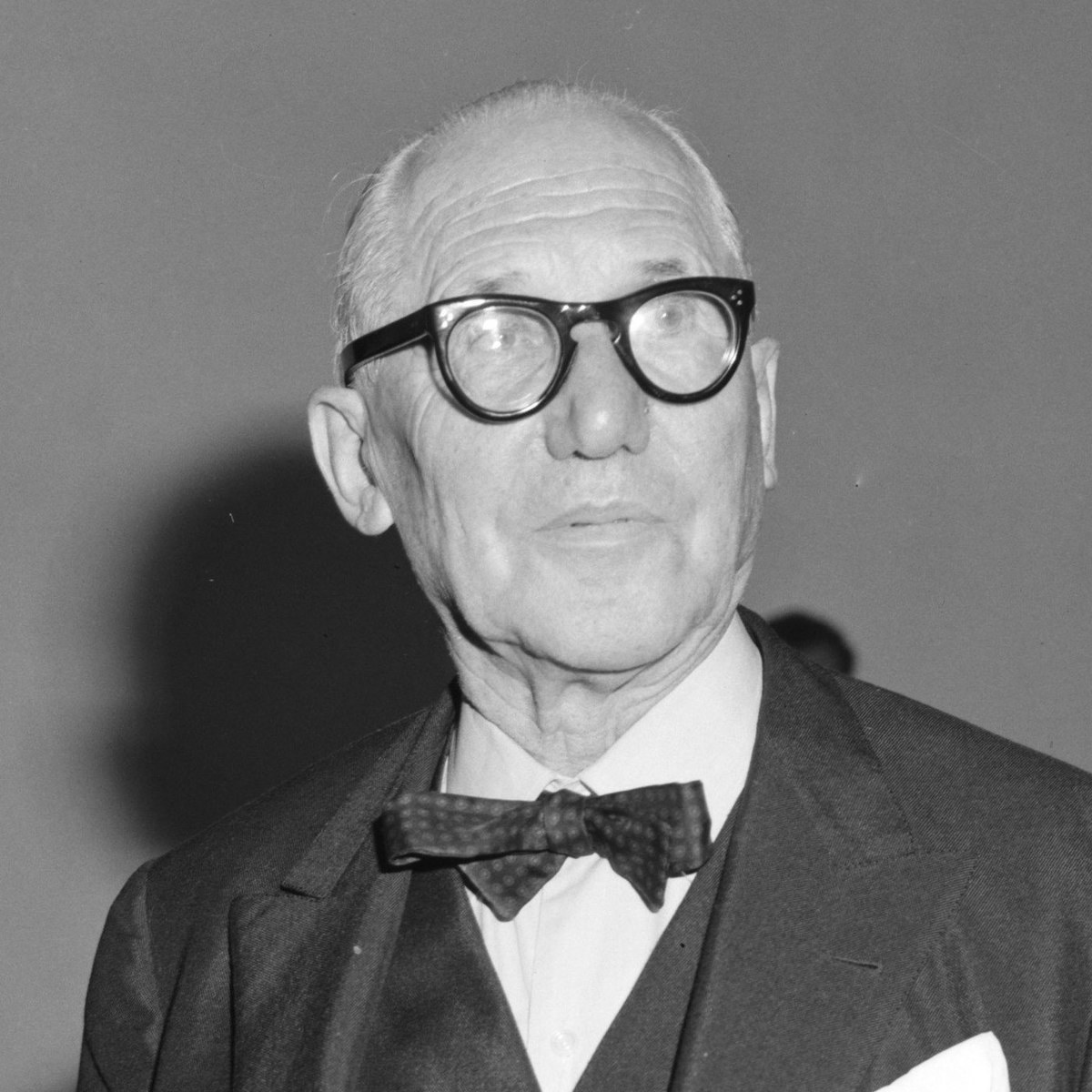
Le Corbusier (Charles-Édouard Jeanneret-Gris)
“Architecture is the masterly, correct and magnificent play of masses brought together in light.”
He was an influential architect and city planner whose designs combined functionalism with bold sculptural expressionism.
Considered as the father of brutalism.
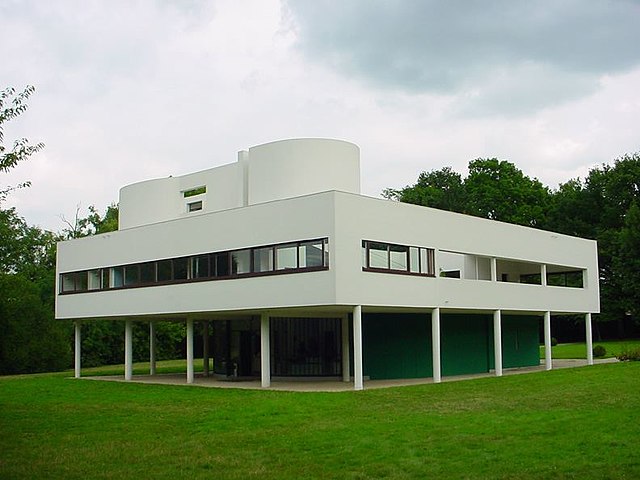
Villa Savoye
A modernist villa and gate lodge in Poissy, on the outskirts of Paris, France.
It was designed by the Swiss French architect Le Corbusier and his cousin Pierre Jeanneret and built between 1928 and 1931 using reinforced concrete.
Pilotis
Reinforced concrete columns that bear the structural load from the ground.
Free Facade
The beam-column structure made the facade free from any structural constraints
Open Plan
Providing a free-flowing plan by removing partition walls which is mostly valid for common spaces.
Ribbon Windows
The use of horizontal ribbon window to light up the interiors.
Roof Garden
A flat roof that can serve as a green space while providing essential protection to the concrete roof.
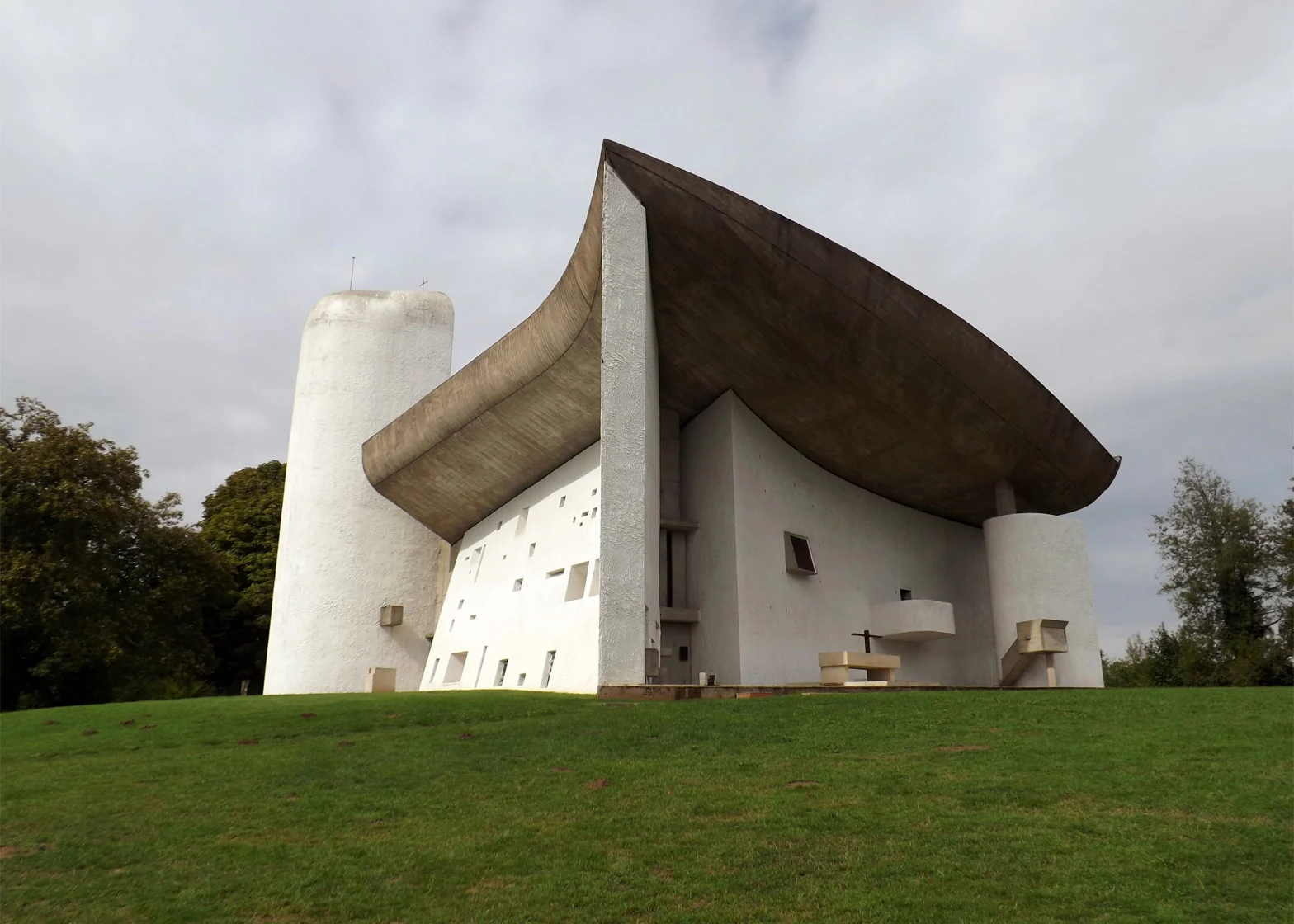
Ronchamp Chapel (Ronchamp, France)
Notre-Dame du Haut is a Roman Catholic chapel in Ronchamp, France. Built in 1955, it is one of the finest examples of the architecture of Franco-Swiss architect Le Corbusier.
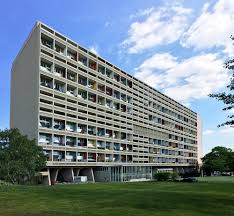
Unité d'habitation
It is a modernist residential housing typology developed by Le Corbusier, with the collaboration of painter-architect Nadir Afonso. It formed the basis of several housing developments throughout Europe.
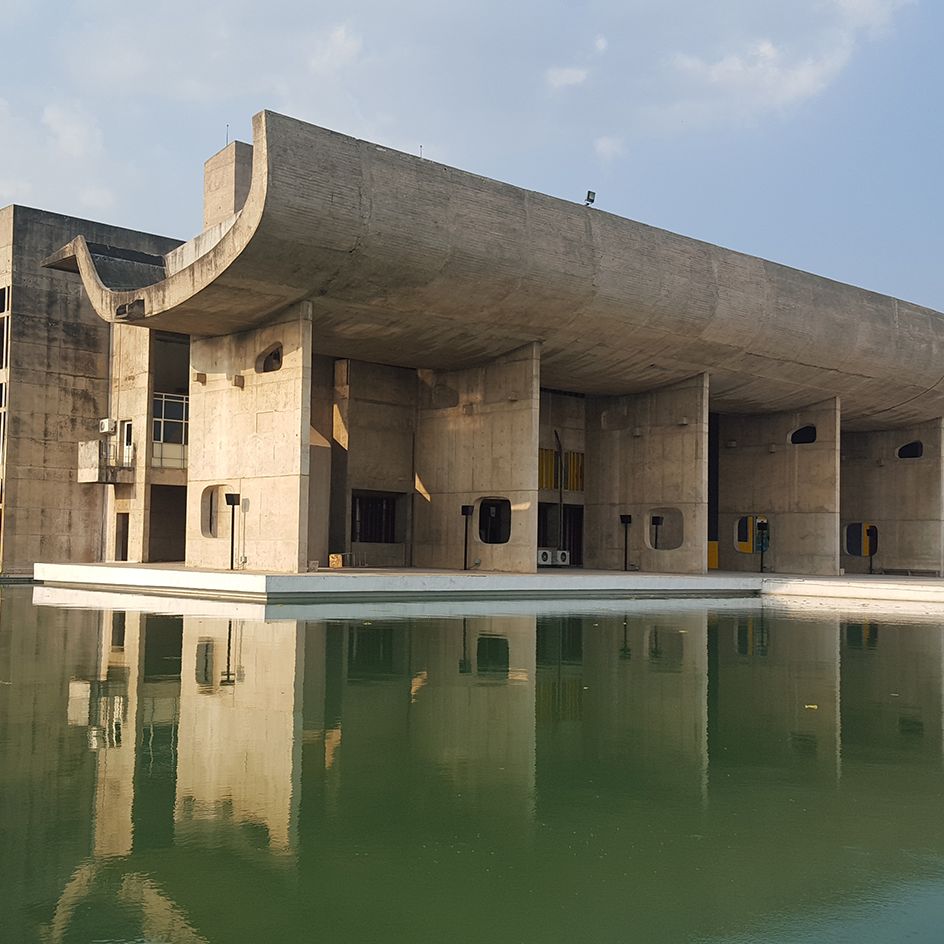
Chandigarh Capitol Complex
Is a government compound designed by the architect Le Corbusier and is a UNESCO World Heritage Site. Itis spread over an area of around 100 acres and is a prime manifestation of Chandigarh's architecture.
Organic Architectture
A building should be functional, harmonizes with its natural environment, and forms an integrated whole. Shapes are often of irregular contours and resemble forms found in nature.
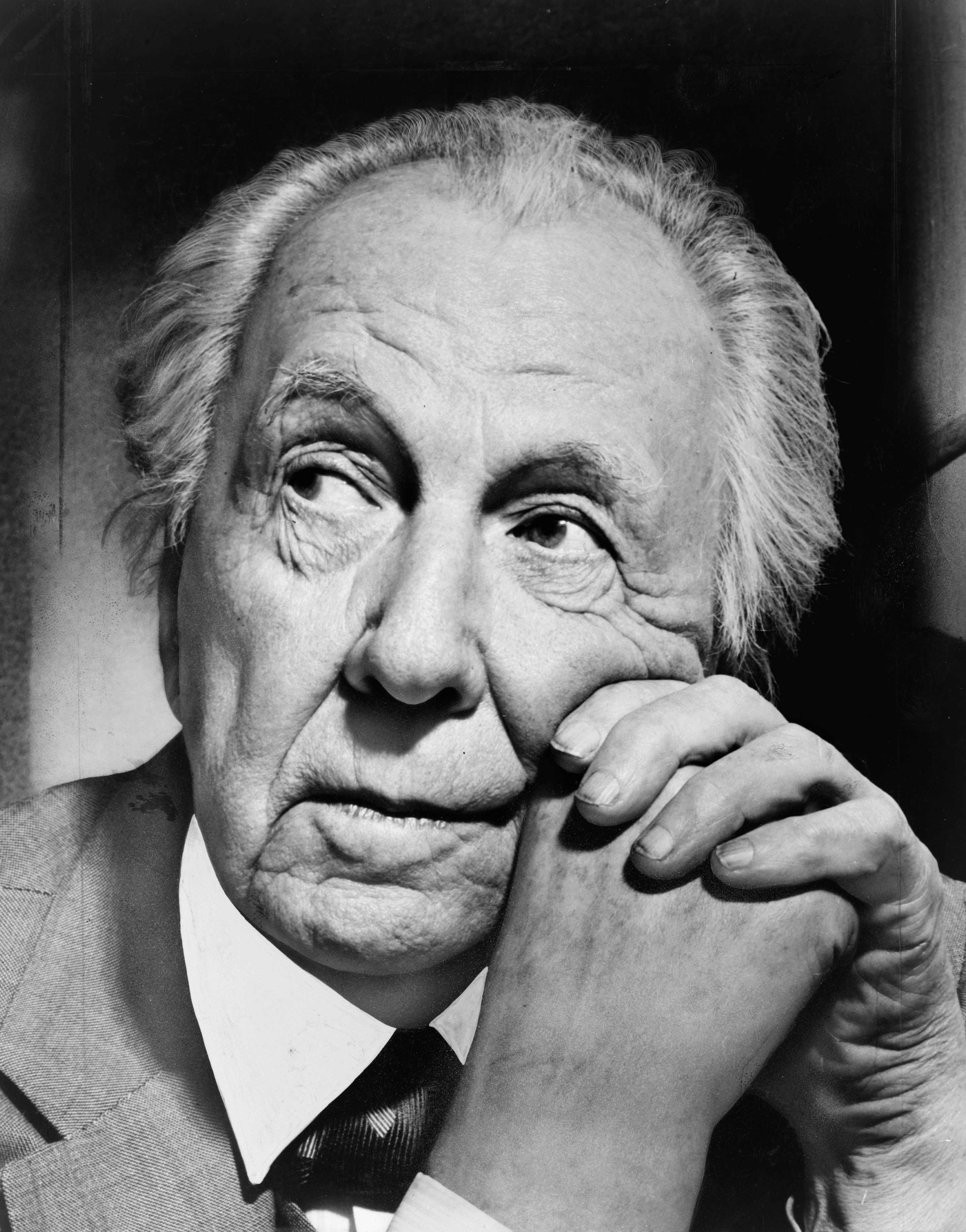
Frank Lloyd Wright
An independent American architect who refused to be categorized in any one architectural movement.
In 1887-93 he worked in the Chicago Office. of Louis Sullivan.
Famous for his Prairie Houses.
“Form follows function - that has been misunderstood. Form and function should be one, joined in a spiritual union.”

Robie House
Built between 1909 and 1910, the building was designed as a single-family home by Architect Frank Lloyd Wright.
It is considered perhaps the finest example of Prairie School, the first architectural style considered uniquely American.

Harry S Adams
A classic Prairie style house located in Oak Park, Illinois.
It was Frank Lloyd Wright's last commission in Oak Park in 1913.
Falling Water
Mill Run, Southwestern Pennsylvania
one of his most widely acclaimed works and best exemplifies his philosophy of organic architecture: the harmonious union of art and nature.
International Style
Also called Internationalism. often described as "minimalist" due to the tendency of its adherents to design buildings that were devoid of all ornament and reduced to their most basic structural elements.

Ludwig Mies van der Rohe
He epitomized the International Style
Along with Alvar Aalto, Le Corbusier, Walter Gropius and Frank Lloyd Wright, he is regarded as one of the pioneers of modernist architecture.
“Less is more.”
“God is in the details."
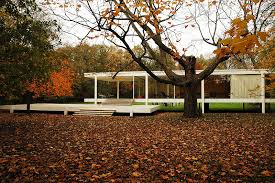
Farnsworth House
Plano, Illinois
Widely recognized as an exemplar of international style of architecture
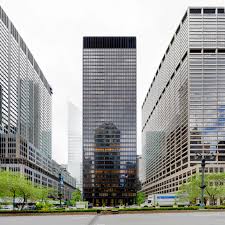
Seagram Building, Chicago
An international style skyscraper that served as the headquarters of the Seagram Company, a Canadian distiller.
Designed by Ludwig Mies van der Rohe along with Philip Johnson, Ely Jacques Kahn, and Robert Allan Jacobs.
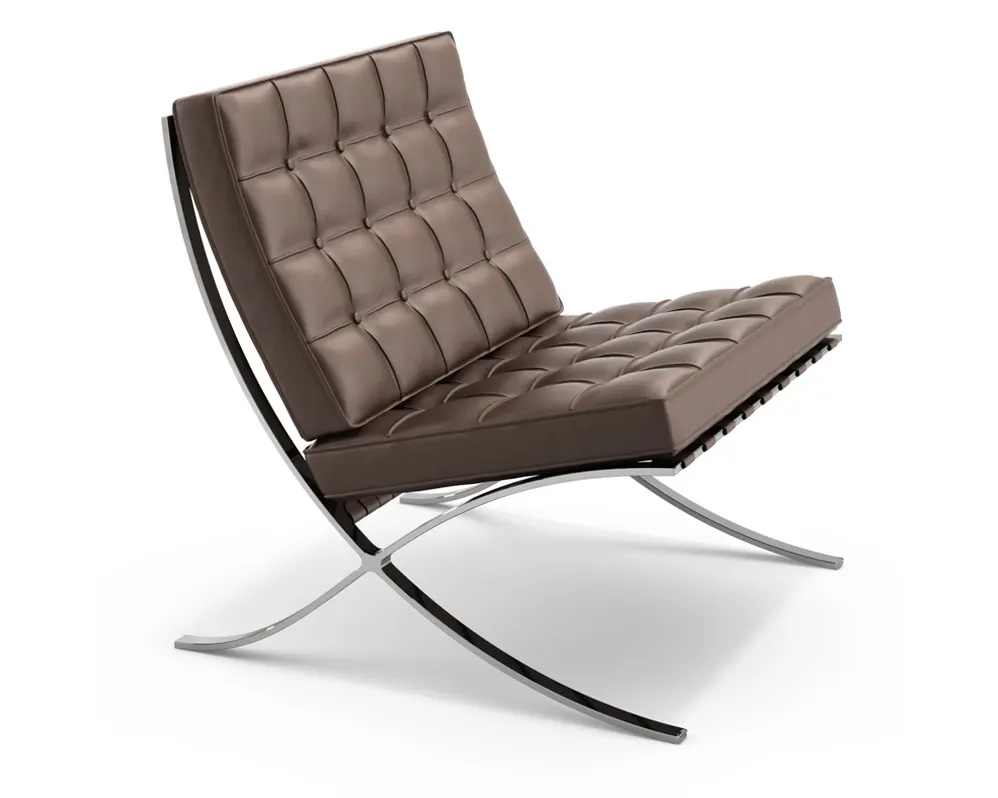
Barcelona Chair
A chair designed by Ludwig Mies van der Rohe and Lilly Reich.
The chair was first used in Villa Tugendhat, a private residence, designed by Mies in Brno Czech Republic.
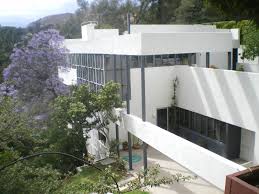
Lovell House
An international style modernist residence designed and built by Richard Neutra.
“A house is like a flowerpot” is one of the famous quotes of Richard Neutra.
De Stijl
Use of black and white with the primary color’s rectangular forms, and asymmetry (inspired by a Mondrian painting).
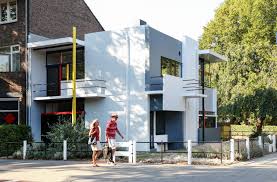
Rietveld Schröder House
By Gerrit Rietveld.
An outstanding expression of human creative genius in its purity of ideas and concepts as developed by the De Stijl movement.
The World Heritage Committee inscribed the Rietveld Schroder House on the UNESCO list of World Heritage Sites on 2 December 2000.

Mondrian Art
By Piet Mondrian, a Dutch painter and one of the founders of the Dutch modern movement De Stijl.
Expressionism
Was an architectural movement in Europe during the first decades of the 20th century in parallel with the expressionist visual and performing arts that especially developed and dominated in Germany.
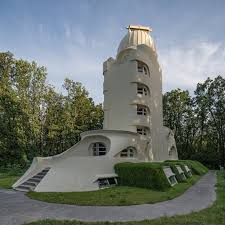
Einstein Tower
By Erich Mendelson
An astrophysical observatory in the Albert Einstein Science Park in Potsdam, Germany.
This was one of Mendelsohn first major projects, completed when a young Richard Neutra was on his staff.
Constructivism
Expression of construction was to be the basis for all building design; emphasizes on functional machine parts. Originated in Moscow, Russia.

Rusakov Workers’ Club
By Konstantin Melnikov
The club is built on a fan-shaped plan, with three cantilevered concrete seating areas rising above the base.